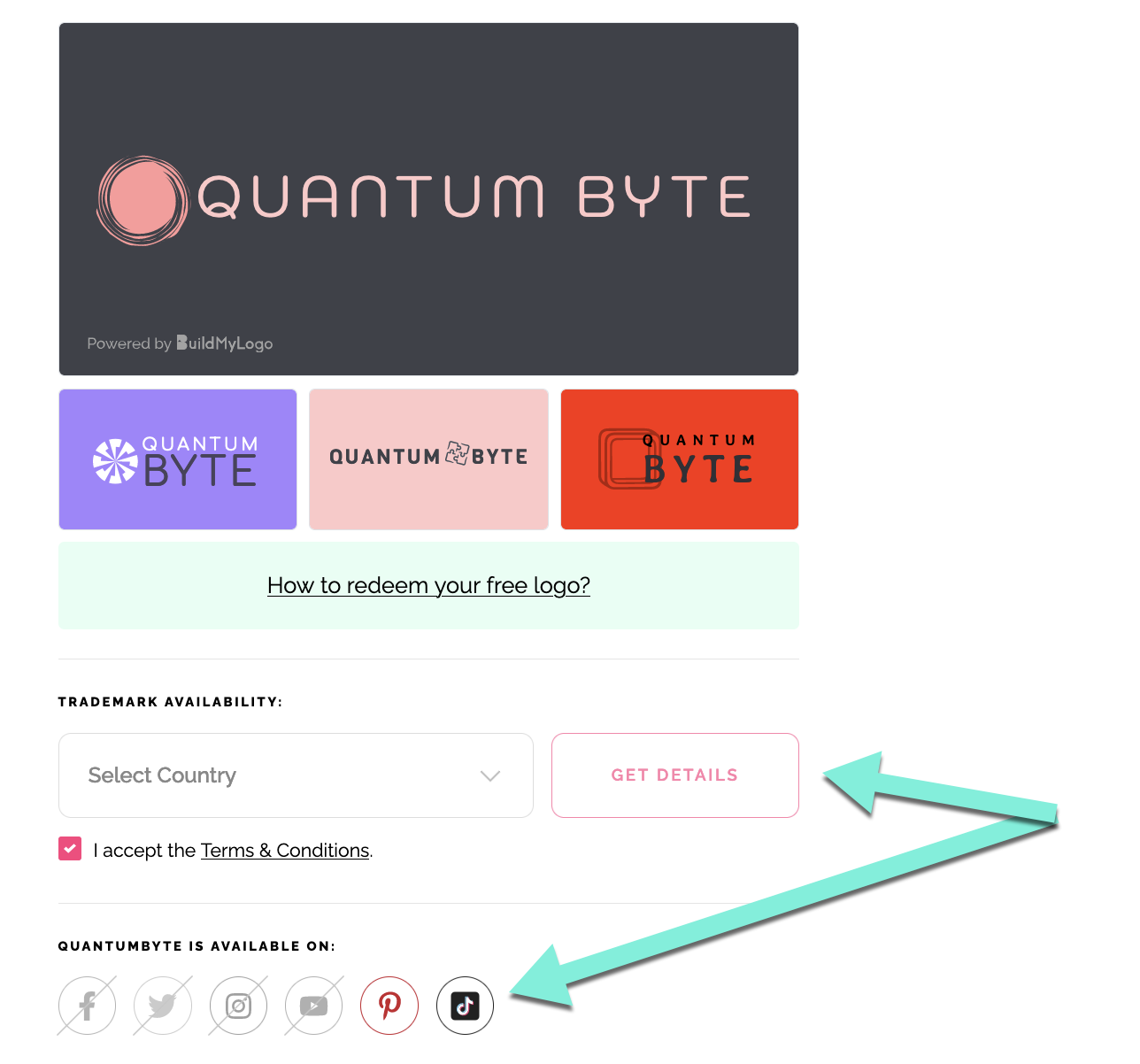What You Can Learn About Customers from Their Social Media Accounts
Personalized marketing has driven businesses across all industries to try to learn more about their customers. At the same time, consumers seem to be sharing more details than ever about themselves on platforms like Facebook and Twitter.
With tools available to help businesses gather this information and put it to use, it’s easier than ever to use a customer’s social media data to engage them through marketing efforts.
But which information is relevant? Even if the tool does all the work for you, it’s important to know how customers’ social media activities factor into your actions. Here are a few things to note when considering a potential customer’s social media activities.
Product Interactions
When social media users are excited about a brand, they’re usually happy to spread the news about it online. This could include an item they bought at the grocery store or purchased on vacation.
If you’re perusing a potential customer’s page, pay particular attention to any brand mentions to determine whether that person’s interests align with your product type.
Keyword Matches
Top lead generation tools use keyword matching to find suitable leads and deliver them for use in your marketing efforts. Pay particular attention to the words that are relevant to your own brand and scour profiles for those terms.
By seeing what types of people use hashtags in your Socedo dashboard, you can gain a better sense of their match potential with your ideal audience. A tool like Hashtagify can also help to show which Twitter and Instagram hashtags commonly appear alongside the ones you search for.
Typical Day
An important part of creating a marketing plan is developing buyer personas. Through the process of generating a mockup of your typical customer, you can get an idea of the type of person you’re trying to reach. This not only informs your marketing process but also helps you as you come up with new products and brand strategies.
One important part of developing a buyer persona is thinking through a customer’s typical day, from the time they get up to the time they go to bed. Studying the social media profiles of various customers within your demographic can help.
As you prepare your posts throughout the day, you’ll know exactly where your customers are based on those personas, helping you determine the best time to post a new update, photo, video, or link to interesting content from other sites.
Brand Interactions
Experts often encourage brands to engage their customers on social media, creating content that breeds interaction. This is a great source of social proof you can showcase on your site.
By studying the people who follow your online accounts, especially those who comment and share your information, you can learn more about the type of customer who feels passionate about your products or services. Pay attention to other brands they follow, their location, and any interests that might relate to your own business.
This information can help you attract more followers with similar interests. This will also help with your natural processing strategy to create automated user paths, like chatbots and IVR.
The Difference in Platforms
Many businesses now have social media accounts across multiple platforms. Facebook, Twitter, LinkedIn, Instagram, and other social media sites have their own unique demographics, which means you should customize your approach for each environment.
First of all, make sure to select a brand name that makes it possible to create a consistent presence across major social media profiles. Namify is a great tool for that:

Pay close attention to the difference in the way customers interact with your posts on various sites and adjust your future behavior accordingly. Browsing the profiles of your most active followers on different sites can help give you a feel for what you should post in the future. You’ll post with those customers in mind, consistently searching for material connecting with those followers.
Customers often willingly share information about their interests, brand preferences, and daily lives on social media. By paying attention to their most loyal followers, businesses can find a way to create updates that connect with new customers, potentially bringing in new business and helping you create an even bigger online following.
Image by Gerd Altmann from Pixabay









